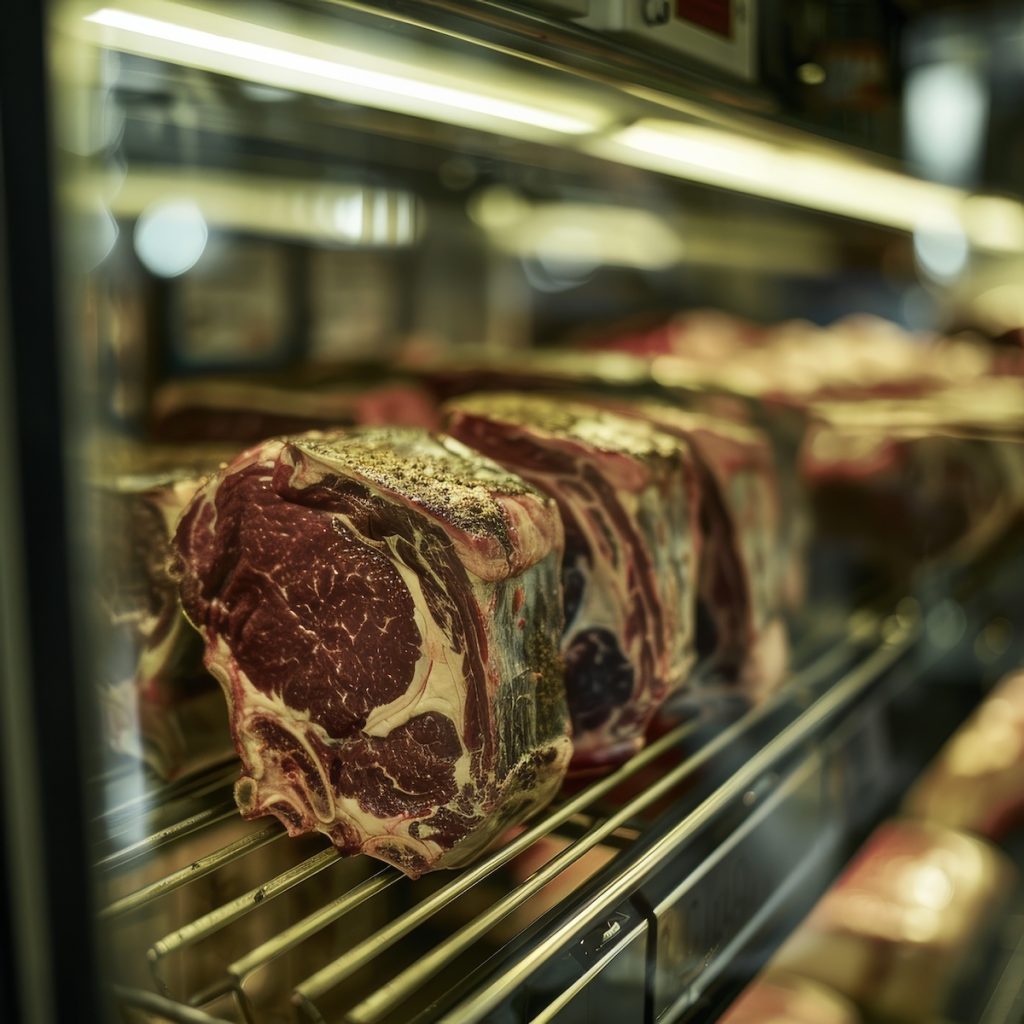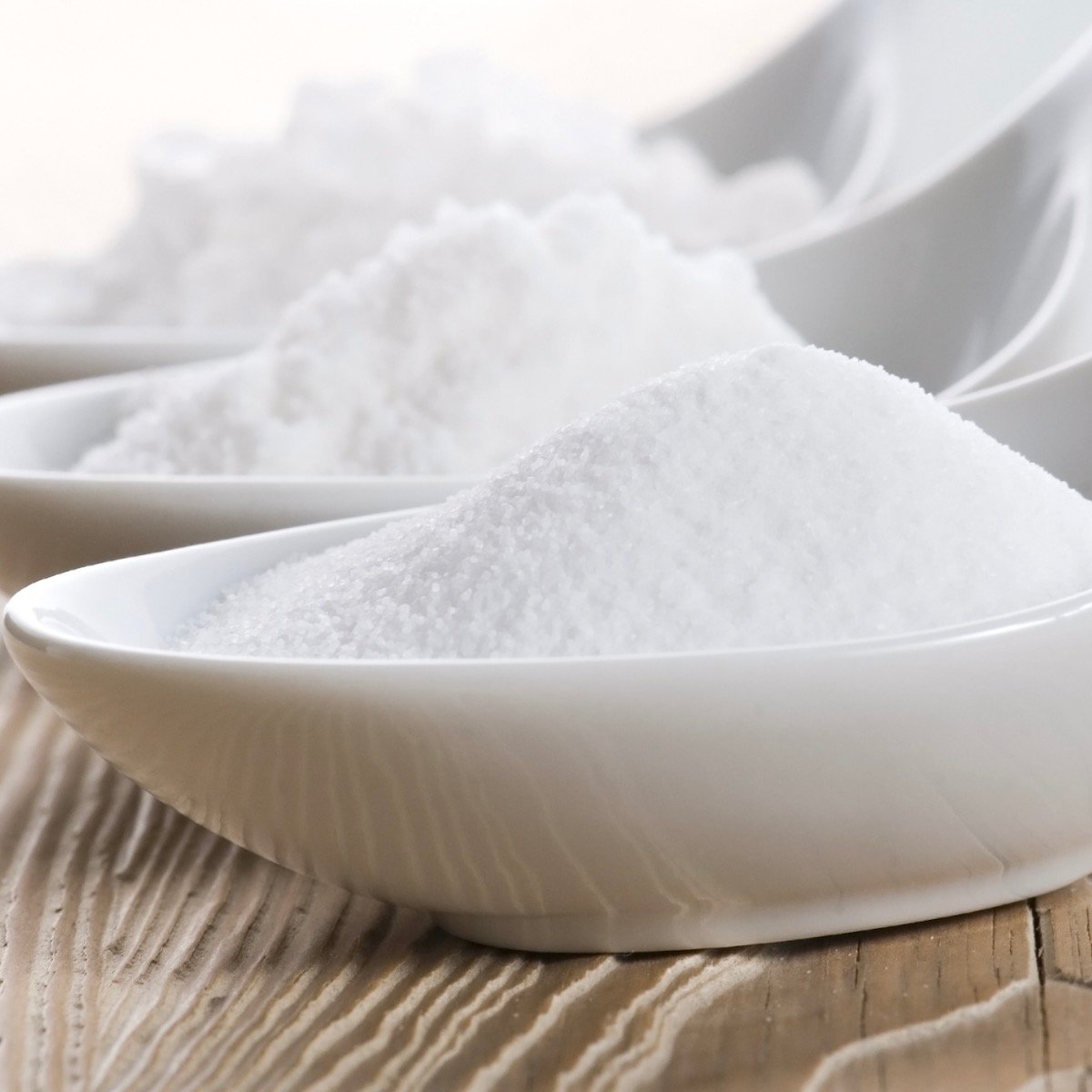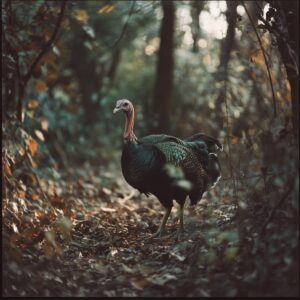What Is Dry Aged Steak?
Have you ever tried dry-aged beef? As a little kid, my dad took me to a restaurant in New York City and let me taste his dry-aged steak. I didn’t like it at all, but my father told me it was an acquired taste. It was the earthiness I didn’t enjoy, but as I got older, I liked it the few times I had the opportunity to eat it.
Dry-aged beef is a premium and highly sought-after type of beef that has been specially aged under controlled conditions. During the dry-aging process, whole cuts of beef are stored in a temperature- and humidity-controlled environment for an extended period, typically ranging from several weeks to several months.
The key characteristic of dry-aged beef is the controlled evaporation of moisture from the meat, which results in several notable changes:
- Concentrated flavor: As moisture evaporates from the meat, the flavors become more concentrated, resulting in a more intense and complex taste profile. The beef develops a rich, nutty, and slightly sweet flavor with subtle hints of earthiness.
- Tenderization: Enzymes naturally present in the meat break down connective tissues, resulting in increased tenderness. This enzymatic tenderization process helps to enhance the eating experience further, resulting in exceptionally tender and succulent beef.
- Development of umami: Dry-aged beef often develops a deep umami flavor, sometimes described as “beefier” or “more intense.” This umami-rich flavor adds depth and complexity to the beef, elevating it to a gourmet dining experience.
- Unique texture: The dry-aging process also affects the texture of the beef, resulting in a firmer and denser consistency. The meat becomes more toothsome, with a satisfying chewiness that adds to the overall enjoyment of the eating experience.
Dry-aged beef is typically more expensive than conventionally aged beef due to the additional time, effort, and resources required for the aging process. However, many steak enthusiasts and chefs consider it to be well worth the investment due to its exceptional flavor, tenderness, and overall quality. It’s often featured in high-end steakhouses and gourmet restaurants, where it’s celebrated for its unmatched taste and texture.
Category | Dry-Aged Beef | Wet-Aged Beef | Notes |
| Aging Method | Aged uncovered in a temperature- and humidity-controlled environment | Aged in vacuum-sealed plastic packaging | Both methods allow enzymes to tenderize the meat over time |
| Duration | 14 to 60 days, sometimes longer | 7 to 28 days | Dry aging typically takes longer than wet aging |
| Flavor Profile | Concentrated, nutty, earthy, beefier flavor | Mild, slightly metallic, more “fresh beef” taste | Dry aging intensifies flavor, wet aging retains moisture |
| Texture | Tender with a slightly firmer bite | Tender but often more uniform and soft | Dry-aged beef has a more complex chew due to moisture loss |
| Moisture Loss | High (up to 20% or more) | Minimal | Dry aging results in weight loss, raising cost per pound |
| Cost | Higher cost due to time, space, shrinkage | Lower cost due to efficiency and less waste | Dry-aged beef is considered more premium |
| Packaging | Open-air on racks or hanging | Vacuum-sealed in plastic | Wet aging is more common in modern meat processing |
| Appearance | Dark, crusty exterior that’s trimmed before cooking | Bright red, uniform | Dry-aged meat may look unappealing before trimming |
| Shelf Life | Shorter after aging due to exposure | Longer shelf life under vacuum seal | Wet-aged beef is easier to store and distribute |
| Availability | Less common, often specialty butcher shops or steakhouses | Widely available at grocery stores and meat suppliers | Most retail beef is wet aged |
| Preferred Cooking | Best suited for grilling or pan-searing premium cuts | Versatile for all cooking methods | Dry-aged beef is usually used for steaks like ribeye or strip |
| Consumer Appeal | Gourmet, sought after by steak enthusiasts | Familiar, accessible to the average consumer | Dry-aged beef often marketed as artisanal or luxury |
What Is Wet-Aged Steak (regular)
Wet aging is a method of aging beef that involves storing it in vacuum-sealed bags under refrigeration for a period of time, typically between 14 to 28 days. During this time, natural enzymes in the meat work to break down connective tissues, resulting in a more tender and flavorful end product.
One of the primary benefits of wet aging is its convenience. Unlike traditional dry aging, which requires specialized storage conditions such as controlled humidity and temperature, wet aging can be done in a standard refrigerator. This makes it more accessible for smaller-scale operations and ensures consistency in the aging process.
Additionally, wet aging helps retain more moisture in the meat than dry aging, which can lead to less weight loss during aging. This means wet-aged beef tends to be juicier and more succulent when cooked.
Critics of wet aging argue that it lacks the depth of flavor that dry aging imparts, as the meat doesn’t undergo the same oxidative changes. However, proponents counter that wet aging still improves tenderness and enhances flavor, albeit differently.
Whether wet or dry aging is preferred depends on personal taste and preference. Wet aging offers a convenient and efficient method for enhancing beef quality, making it a popular choice for many producers and consumers alike.
Dry-Aged Steak Versus Wet-Aged Steak
Dry-aged beef offers a taste experience that is distinct from regular beef, characterized by richness, depth, and complexity. Here’s how the taste of dry-aged beef compares to regular beef.
Flavor Attribute | Dry-Aged Beef | Wet-Aged Beef | Notes |
| Richness | Rich, concentrated flavor due to moisture loss; often described as nutty, buttery, slightly sweet | Milder flavor with more retained moisture | Dry-aging intensifies the natural beef flavor through evaporation |
| Complexity | Deep, savory complexity from enzymatic breakdown and umami compound development | Less complex, retains straightforward beef taste | Dry aging develops nuanced flavors over time |
| Earthiness | Subtle earthy undertones unique to the dry-aging process | Lacks earthy notes, more clean and fresh-tasting | Earthy flavor is a hallmark of longer dry aging |
| Tenderness | Very tender; buttery texture from breakdown of connective tissues | Tender but generally more uniform and less distinctive | Both can be tender, but dry-aged often offers a more luxurious mouthfeel |
| Intensity | Bold, lingering flavor; flavors evolve with each bite | Less intense, more immediate and uniform flavor | Dry-aged beef offers a more dramatic and evolving flavor experience |
Why So Expensive?
Dry-aged beef is more expensive than wet-aged beef for several reasons:
- Time: Dry-aging beef is a time-consuming process. It typically takes several weeks to several months to properly dry-age beef, during which time the beef is stored in a controlled environment with specific temperature and humidity conditions. This extended aging process requires special facilities and careful monitoring, which adds to the cost.
- Weight loss: During the dry-aging process, moisture evaporates from the beef, resulting in weight loss. Depending on the length of aging and environmental conditions, weight loss can range from around 15% to 30% or more. Since dry-aged steak loses weight without losing price per pound, the cost per pound of the final product increases to account for this loss.
- Handling and storage: Dry-aged beef requires careful handling and storage to prevent spoilage and ensure optimal aging conditions. Specialized facilities with precise temperature and humidity control are necessary to age the beef properly. The additional handling and storage requirements contribute to the overall cost of dry-aged beef.
- Flavor and quality: Dry-aged steak develops a rich, complex flavor and tender texture that many consumers find superior to regular beef. Dry-aged beef’s unique taste and quality command a higher price due to its premium attributes and the specialized expertise required to produce it.
- Limited availability: Dry-aged beef is not as widely available as regular beef, requiring specific production facilities and expertise. The limited availability and higher production costs contribute to the higher price tag of dry-aged beef.
The combination of time, weight loss, handling and storage requirements, superior flavor and quality, and limited availability contribute to the higher cost of dry-aged beef than wet-aged beef. Despite the higher price, many consumers are willing to pay a premium for dry-aged beef’s exceptional taste and eating experience.
What Steak Cuts Do They Typically Dry-Age?
Several cuts of beef are commonly used for dry aging due to their well-marbled nature and desirable flavor profiles. These cuts include:
- Ribeye: Known for its rich marbling and intense flavor, ribeye is a prime candidate for dry aging. The ample intramuscular fat in ribeye helps keep the meat tender and juicy during the aging process.
- Striploin (New York Strip): Another popular choice for dry aging, striploin offers a balance of tenderness and robust beefy flavor. Its moderate fat content ensures a succulent eating experience after aging.
- Tenderloin (Filet Mignon): While tenderloin is already naturally tender, dry aging can enhance its flavor and develop a more complex taste profile. Dry-aged filet mignon is prized for its buttery texture and intensified beef flavor.
- Sirloin: Dry aging can transform sirloin into a tender and flavorful steak with a deep, beefy taste. Its moderate fat content allows for excellent results when properly aged.
- T-bone and Porterhouse: These cuts feature tenderloin and striploin, making them ideal candidates for dry aging. The combination of tenderloin tenderness and striploin flavor creates a steak of exceptional quality and taste.
Dry aging is typically reserved for higher-quality cuts of beef due to the time and effort involved in the process. Producers and consumers can ensure a superior dining experience with dry-aged beef by selecting well-marbled cuts.

Where Can You Buy Dry-Aged Steaks?
It is typically available at specialty butcher shops, high-end grocery stores, and select restaurants. Here are some common places where you can buy dry-aged beef:
- Specialty Butcher Shops: Independent butcher shops often pride themselves on offering a selection of premium meats, including dry-aged beef. These shops may have knowledgeable staff who can provide recommendations and guidance on selecting the right cuts of dry-aged beef for your preferences.
- Gourmet Markets: High-end grocery stores and gourmet markets may carry it in their meat departments. Look for establishments that prioritize quality and offer a variety of specialty meats to find it.
- Online Retailers: Many online retailers specialize in selling premium meats and offer convenient shipping options. These retailers often provide detailed information about the aging process, the origin of the beef, and available cuts, allowing you to make an informed purchase from the comfort of your home.
- Direct from Farms: Some farms and ranches that raise high-quality beef may sell dry-aged beef directly to consumers. This can be a great option for those seeking to support local producers and have access to freshly aged beef.
- Restaurants: Certain upscale restaurants may feature dry-aged beef on their menus, allowing you to enjoy the unique flavor and tenderness of dry-aged steak prepared by professional chefs. While dining out at these establishments may come at a premium price, it can be a memorable culinary experience.
How Do You Know You’re Getting the Real Deal?
- Appearance: Dry-aged steak typically has a darkened, crusty exterior known as the “pellicle.” This outer layer forms during the aging process and helps protect the meat while allowing it to develop flavor. Look for beef with a well-formed pellicle and rich, marbled texture.
- Smell: Authentic dry-aged beef has a distinctive aroma that is often described as nutty, earthy, and slightly funky. Trust your sense of smell—if the beef has a strong, pleasant aroma, it’s likely the real deal.
- Texture: It should have a firm texture with a slight give when pressed. The meat should not feel overly soft or mushy, which could indicate improper aging or spoilage.
- Labeling and Packaging: When purchasing it from a retailer or butcher, check the labeling and packaging for information about the aging process, including the duration and method used. Look for terms like “dry-aged,” “aged in-house,” or specific aging times (e.g., “28 days aged”). Be wary of vague or misleading labeling that may not accurately reflect the aging process.
- Source: Purchase this beef from reputable sources, such as trusted butcher shops, gourmet markets, or online retailers with a track record of selling high-quality meats. If buying directly from a farm or ranch, inquire about their aging practices and standards for quality control.
- Ask Questions: Don’t hesitate to ask the seller or butcher questions about the beef, including how it was aged, where it came from, and any certifications or guarantees of authenticity. Knowledgeable staff should be able to provide detailed information and reassure you about the quality of the product.

Do You Cook It the Same as Wet-Aged Steak?
While the cooking principles for dry-aged beef and wet-aged beef are generally the same, there are a few subtle differences to consider due to the unique characteristics of each type of beef.
- Temperature: Both dry-aged and wet-aged beef benefit from being cooked to the desired level of doneness, whether it’s rare, medium-rare, medium, etc. However, because dry-aged beef tends to be more tender and flavorful, some chefs prefer to cook it slightly less than wet-aged beef to preserve its natural juiciness and intensity of flavor.
- Resting Time: Dry-aged beef, especially when cooked to medium-rare or rarer, may require a shorter resting period after cooking than wet-aged beef. Since dry-aged beef retains more moisture, it may not need as much time to redistribute juices before slicing and serving.
- Seasoning: Due to its robust flavor profile, dry-aged beef may require less seasoning than wet-aged beef. A simple seasoning of salt and pepper can enhance the natural flavors without overpowering them. However, this ultimately depends on personal taste preferences.
- Cooking Methods: Both dry-aged and wet-aged beef can be cooked using various methods, including grilling, pan-searing, roasting, or sous vide. The choice of cooking method depends on the cut of beef and the desired outcome. For example, thicker cuts like ribeye or striploin may benefit from grilling or pan-searing to develop a caramelized crust. Conversely, leaner cuts like tenderloin may be better suited for roasting or sous vide to ensure even cooking and tenderness.













2 Responses
This is an excellent discussion of aging! I’ve seen dry-aged steaks in my local Harris Teeter, and have wondered… Now I’m going to give them a try, and won’t wonder anymore.
Thanks
Dave Roberts
You are very welcome. Thanks for reaching out.